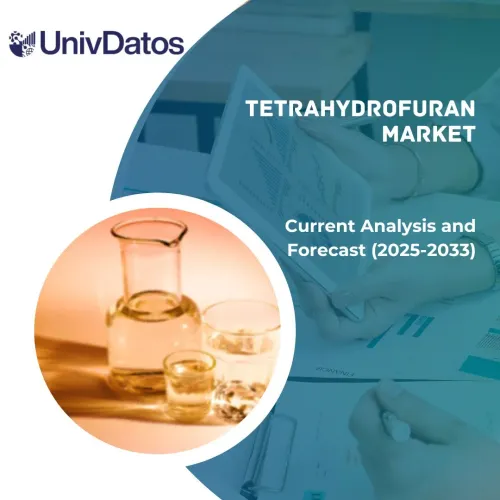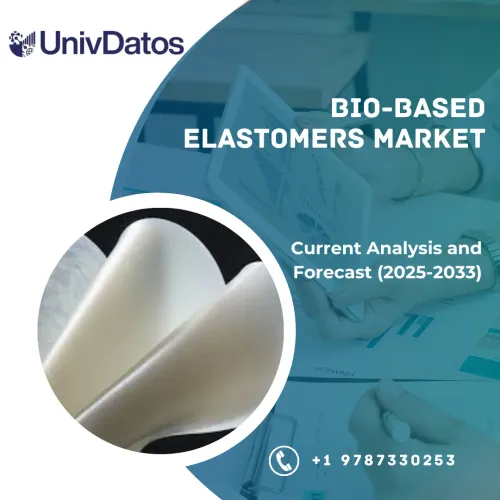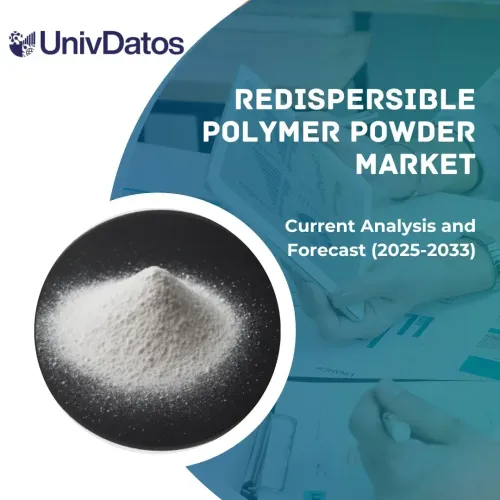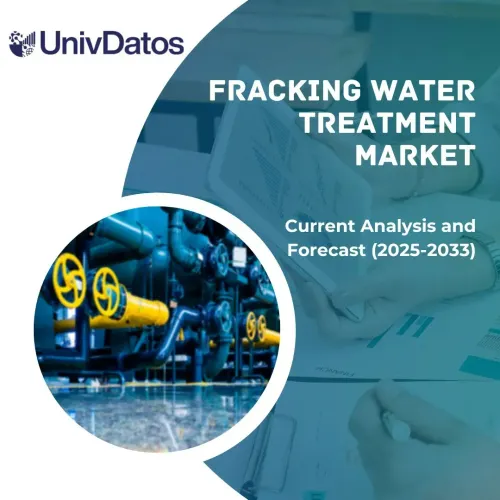- Home
- About Us
- Industry
- Services
- Reading
- Contact Us
Advanced Carbon Materials Market: Current Analysis and Forecast (2021-2027)
Emphasis on Type (Carbon Fiber, Isotropic Graphite, Graphene, Carbon Nanotube, 2D Material, Fullerene, Nanodiamond, Graphene Quantum Dot, Carbon Foam, And Diamond-Like Carbon); End-User (Automotive, Aerospace & Defence, Electronics, Metallurgy, Energy, Construction, Sports, Healthcare, And Others); and Region and Country
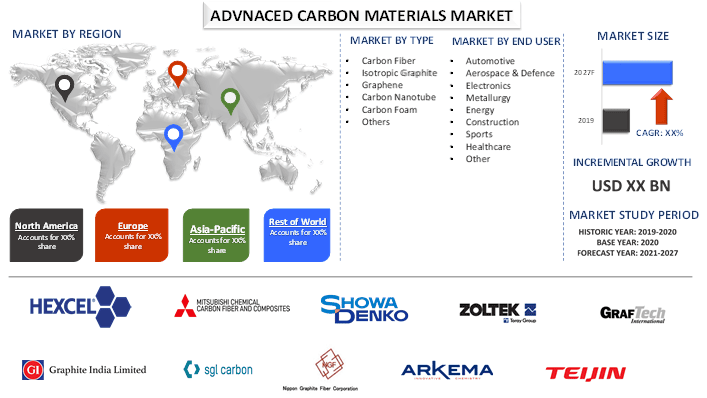
The global advanced carbon materials market was stood around $5-6 billion in 2020 and is expected to demonstrate the growth of above 8% during the forecast period (2021-2027). Increasing demand of carbon composite and reinforced plastics materials owing to increasing demand of high-performance materials from a large base of industries like aerospace & defence, automotive, and transportation is propelling the demand of advanced carbon materials. For instance, Aircrafts like Boeing 787 and Airbus A350 have been largely made of the material mix of carbon fibers and polymer resins. Further, Boeing 787 Dreamliner passenger plane is composed of 50% composite material by weight, with most of the composite material being carbon fiber laminate or carbon fiber sandwich. In addition, automotive sector is increasingly utilizing carbon fiber to reduce the overall weight of vehicle resulting in more efficiency and helps in reducing carbon emission. For instance, BMW uses carbon fiber composites in its 7-series for the manufacturing of roof elements and supporting pillars. The Alfa Romeo 4C, on the other hand, has a completely carbon fiber chassis, which cuts the weight of vehicle down to just 2,500lbs. Apart, from carbon fiber, demand for other products like graphene is increasing owing to its properties like 200 times stronger than steel and weighing only 0.77 milligrams per square meter.
The advanced carbon materials industry faced tough days in the light of COVID-19. These materials are used in industries like automotive, electronics, and aerospace & defence which has affected badly owing to several measures taken by governments like lockdown resulting in the shutdown of manufacturing industry. For instance, according to OICA, the production of automotive fall by 16% in 2020, hampering the automotive components market included those are made up of carbon fiber and other advanced carbon materials. In addition, border closure resulted in the halted supply chain which has affected the manufacturing operations. All these factors affected the advanced carbon materials market in a negative way.
Insights Presented in the Report
“Amongst type, carbon fiber category holds prominent share in the market in 2020.”
Based on type, the market is categorized into carbon fiber, isotropic graphite, graphene, carbon nanotube, carbon foam, and others. Among these, carbon fiber held the significant market share owing to its increasing usage in industries like automotive & transportation, aerospace & defence, infrastructure, and electronics. Due to its lightweight and rigid properties automotive OEMs are increasingly using it in vehicles. However, due to its high cost, currently it is used in high end vehicles mainly. But with the advancement in technology and lowering of cost, it is expected to be used in all types of vehicles. Thus, boosting the market of carbon fiber.
“Amongst end user, automotive and aerospace & defence industry dominated the market in 2020.”
Based on end user, the market is categorized into automotive, aerospace & defence, electronics, metallurgy, energy, construction, sports, healthcare, and others. Among these, automotive and aerospace & defence are among the largest consumer of advanced carbon materials. Increasing demand for high strength materials from defence sector, shifting trend towards lightweight aircrafts and automobiles, and increasing final products demand from these industries resulted in the increasing demand of components used in these industries which eventually increasing the market of advanced carbon materials.
“Asia-Pacific is likely to showcase robust growth during the forecast period”
For a better understanding of the market adoption, report provide detailed analysis for major region and countries including North America (US, Canada), Europe (Germany, UK, France, Spain, Rest of Europe), Asia-Pacific (China, Japan, India, Australia, Rest of APAC), and Rest of World. Asia-Pacific is likely showcase significant growth during the forecast period owing to industries like aerospace & defence, automotive, transportation, electronics, and metallurgy, among others, which are showcasing robust growth, thus increasing the demand of components required from these industries. Some of the major companies profiled in the report includes Hexcel Corporation, Mitsubishi Chemical Carbon Fiber and Composites Inc., Showa Denko K.K., Graphite India Ltd., SGL Carbon SE, Zoltek, Nippon Graphite Fiber Corporation, Arkema S.A., Teijin Ltd., and Graftech International Ltd.
Reasons to buy this report:
- The study includes market sizing and forecasting analysis validated by authenticated key industry experts
- The report presents a quick review of overall industry performance at one glance
- The report covers in-depth analysis of prominent industry peers with a primary focus on key business financials, product portfolio, expansion strategies, and recent developments
- Detailed examination of drivers, restraints, key trends, and opportunities prevailing in the industry
- The study comprehensively covers the market across different segments
- Deep dive country level analysis of the industry
Customization Options:
The global Advanced Carbon Materials Market can further be customized as per the requirement or any other market segment. Besides this, UMI understands that you may have your own business needs, hence feel free to connect with us to get a report that completely suits your requirements.
Table of Content
Analyzing the historical market, estimation of the current market, and forecasting the future market of the advanced carbon materials three major steps undertaken to create and analyze its adoption across the globe. Exhaustive secondary research was conducted to collect the historical market numbers and estimate the current market size. Secondly, to validate these insights, numerous findings and assumptions were taken into consideration. Moreover, exhaustive primary interviews were also conducted, with industry experts across the value chain of the advanced carbon materials industry. Post assumption and validation of market numbers through primary interviews, we employed a top-down/bottom-up approach to forecast the complete market size. Thereafter, market breakdown and data triangulation methods were adopted to estimate and analyze the market size of segments and sub-segments the industry pertains to. Detailed methodology is explained below:
Analysis of Historical Market Size
Step 1: In-Depth Study of Secondary Sources:
Detail secondary study was conducted to obtain the historical market size of the advanced carbon materials through company internal sources such as annual report & financial statements, performance presentations, press releases, etc., and external sources including journals, news & articles, government publications, competitor publications, sector reports, third-party database, and other credible publications.
Step 2: Market Segmentation:
After obtaining the historical market size of the advanced carbon materials market, we conducted a detailed secondary analysis to gather current market insights and share for different segments & sub-segments for major regions. Major segments included in the report are by type and end user. Further regional and country-level analyses were conducted to evaluate the overall adoption of the advanced carbon materials globally.
Step 3: Factor Analysis:
After acquiring the historical market size of different segments and sub-segments, we conducted a detailed factor analysis to estimate the current market size of advanced carbon materials. Further, we conducted factor analysis using dependent and independent variables such as growing demand of composite materials from industries and shifting trend towards lightweight high strength product demand among individuals. A thorough analysis was conducted for demand and supply-side scenario considering increasing investment, top partnerships, merger and acquisition, business expansion, and product launches in the advanced carbon materials industry.
Current Market Size Estimate & Forecast
Current Market Sizing: Based on actionable insights from the above 3 steps, we arrived at the current market size, key players in the global advanced carbon materials market, and market shares of each segment. All the required percentage shares split, and market breakdowns were determined using the above-mentioned secondary approach and were verified through primary interviews.
Estimation & Forecasting: For market estimation and forecast, weights were assigned to different factors including drivers & trends, restraints, and opportunities available for the stakeholders. After analyzing these factors, relevant forecasting techniques i.e., top-down/bottom-up approach was applied to arrive at the market forecast to 2027 for different segments and subsegments across the major regions globally. The research methodology adopted to estimate the market size encompasses:
- The industry’s market size, in terms of value (US$) and the adoption rate of advanced carbon materials across the major markets
- All percentage shares, splits, and breakdowns of market segments and sub-segments
- Key players in the advanced carbon materials market in terms of products offered. Also, the growth strategies adopted by these players to compete in the fast-growing market.
Market Size and Share Validation
Primary Research: In-depth interviews were conducted with the Key Opinion Leaders (KOLs) including Top Level Executives (CXO/VPs, Sales Head, Marketing Head, Operational Head, and Regional Head, Country Head, etc.) across major regions. Primary research findings were then summarized, and statistical analysis was performed to prove the stated hypothesis. Inputs from primary research were consolidated with secondary findings, hence turning information into actionable insights.
Split of Primary Participants in Different Regions
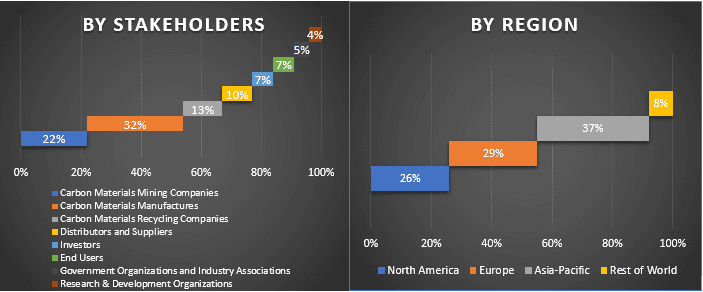
Market Engineering
Data triangulation technique was employed to complete the overall market estimation and to arrive at precise statistical numbers of each segment and sub-segment of the global advanced carbon materials market. Data was split into several segments & sub-segments post studying various parameters and trends in the areas of type and end user.
The main objective of the Advanced Carbon Materials market study
The current & future market trends of global advanced carbon materials were pinpointed in the study. Investors can gain strategic insights to base their discretion for investments from the qualitative and quantitative analysis performed in the study. Current and future market trends would determine the overall attractiveness of the market at a country level, providing a platform for the industrial participant to exploit the untapped market to benefit as a first-mover advantage. Other quantitative goals of the studies include:
- Analyze the current and forecast market size of advanced carbon materials in terms of value (US$). Also, analyze the current and forecast market size of different segments and sub-segments
- Segments in the study include areas of type and end user
- Defined analysis of the regulatory framework for the advanced carbon materials industry
- Analyze the value chain involved with the presence of various intermediaries, along with analyzing customer and competitor behaviors of the industry
- Analyze the current and forecast market size of the advanced carbon materials for the major countries
- Major regions/countries analyzed in the report includes North America (US, Canada), Europe (Germany, UK, France, Spain, Rest of Europe), Asia-Pacific (China, Japan, India, Australia, Rest of Asia-Pacific), and Rest of World
- Company profiles of the advanced carbon materials market players and the growth strategies adopted by them to sustain in the growing market
- Deep dive country level analysis of the industry
Related Reports
Customers who bought this item also bought

